Holidays, I find, are tricky. On the one hand, I often feel an irresistible urge to relax on a beach in an ambient temperature of at least 30 degrees, with easy access to cold beer and a wide choice of food to fit my mood. But, after a few days of doing nothing, I become restless. What I need is something interesting to photograph, especially since I always take my Leica Q3 on holiday.
Those of you who have taken holidays on the coasts of Sharm-el-Sheikh, Morocco, Tunisia, Türkiye et al., will be familiar with the practice of governments. They assign a part of their sunniest coastlines and fill it with multiple hotels along the coast, all with broadly similar facilities. Choosing a hotel is thus not so much a question of counting the number of stars on the building. For me, it is at least as important to discover where in the locality can I take my camera to photograph something intriguing.
The Hotel
The 5-star Korumar Ephesus Beach and Spa Resort is a premium quality holiday destination in Türkiye (formerly Turkey). Good food, clean, well-appointed rooms, an endless buffet of international cuisine, a choice of swimming pools and all the other things that you would expect to find in a hotel of this standard, with, of course, its own private section of beach.
Just over 10km from the hotel is Ephesus and the Temple of Artemis, one of the Seven Wonders of the Ancient World. Less well advertised is that next to the hotel’s own private beach, was a public beach. A public beach? Yes, and that was the most special place I discovered, a target rich environment of people and scenes staged exceptionally well for my Q3.
Ephesus – Splendid Archaeological Ruins
Near to Ephesus is the Temple of Artemis, one of the Seven Wonders of the Ancient World. It may be categorised as a “Wonder” but to be frank, there is little of it remaining, and it requires no more than a few minutes to visit. Ephesus is a far larger and more interesting destination, which is regularly visited by Macfilos authors.
Archaeological evidence suggests that the Ephesus area has been inhabited since the Bronze Age, around 2000 BCE. It flourished over the centuries, firstly under the Greeks, and later the Romans. It eventually became one of the most important cities in Asia Minor.
The son of Senator Tiberius Julius Celsus built the library as a monument to his father. He completed it in 117 AD, and at its peak it housed 12,500 scrolls. At that time, it was the third-largest library in the world, surpassed only by the libraries of Alexandria, in Egypt, and Pergamum, also in Turkey.
The site is about four square kilometres in total, although some of it is off-limits to the public. A typical tour starts at the Upper Gate and meanders some two or three kilometres down to the Lower Gate. It’s an easy stroll over a couple of hours to get a good feel for the place.
Footwear
I’d suggest two points to bear in mind when you visit. Firstly, visit early in the day, while the temperature is lower and before cruise passenger groups arrive. Secondly, much of the pathways that you will walk upon are made from marble and can be slippery. So, wear shoes with a good grip.
The site is one of the best-preserved cities of the Ancient World. It is easy to get a feel for how Ephesus must have been when it was at its peak during the Roman Imperial period (1st and 2nd centuries CE). At that time, Ephesus is estimated to have had an average population of up to a quarter of a million people. It was thus one of the largest cities in the Roman Empire, serving as a strategic location for both trade and culture.
And now to the public beach
Next to the private beach of the Korumar Ephesus hotel lies a public beach. Pamucak Beach (Pamucak Sahili), is a long, sandy shoreline stretching along the Aegean coast. During the day it is often packed with local people but in the evening, the crowds thin out making it easier to saunter along and take photos. I have found the Turkish people to be unfailingly pleasant and, despite the language barrier, quick to invite others to join their picnic and sit with them.
It is a special day when you meet people like these two.
I met some interesting people, including a couple who had driven their camper van from Cologne, in Germany – over 2,500 kilometres — to stay near that beach. Accompanying them was their dog, which they had rescued some years earlier from a war zone.
It’s also a popular spot for fishing, both using a conventional fishing rod and the most ancient method of a weighted line flung with great effort into the sea by hand.
Father of the Bride
A kilometre or so down the beach is an old jetty. Each day, as I took my early evening walk, I saw a succession of brides and their entourage stage wedding photos as the sun set across the bay. The sunset colours are magnificent. The photos in this article have not been photoshopped or colour graded; they are a true representation of the sunset at that location.
To the locals, Pamucak Beach, is a perhaps mostly regarded as an unexceptional location. But for the author, with his Q3 on holiday, and looking for something interesting to photograph, it was a quite magical place to have discovered.
Holidays with the Leica Q3
The Leica Q3 is a great, but not perfect, holiday camera. With f1.7 lens to capture evening light, 60MP to allow cropping, and weather resistance against sun, sea and sand, it’s difficult to beat. Furthermore, It is unobtrusive when worn with a shoulder strap or carried in the hand. People seem to regard me as just another tourist, rather than someone with a professional camera.
The Q3 is not perfect because of its lack of storage back-up. Holidays are expensive, both in time and the use of that most scarce resource, time. I use my Q3 to capture memories of the experience and would be extremely disappointed if the single SD card failed. As a back-up, my wife always brings her Sony RX100 VI, so that if the Leica does have a problem, we at least have some photographs that can be salvaged from the trip.
I hope that the next version of the Q camera series brings a Leica Q4 with 1Tb of internal storage so that I don’t have to fret about a potential card failure. Hey Leica! — are you listening?
We all die, twice
Life is short, and the world is big, so I try to avoid taking a second holiday in the same location. But that beach was a wonderful place to photograph and I would happily go back. The people were friendly and the sunsets entirely perfect.
Perhaps if instead of taking my Q3 on holiday, I traded it in for a Q3 43, I would have an excuse to return and take another set of photographs of the brides and the other people on the beach whilst watching those stunning sunsets.
Ernest Hemingway said that we all die twice; once when our mortal body fails us and, finally, when our name is last spoken. By that logic, the Library at Ephesus has created a type of immortality for Roman Senator Tiberius Julius Celsus, to whom I will now raise a glass.
Read more from Andrew Owen-Price
A cup of coffee works wonders in supporting Macfilos
Did you know that Macfilos is run by a dedicated team of volunteers? We rely on donations to help pay our running costs. And even the cost of a cup of coffee will do wonders for our energy levels.


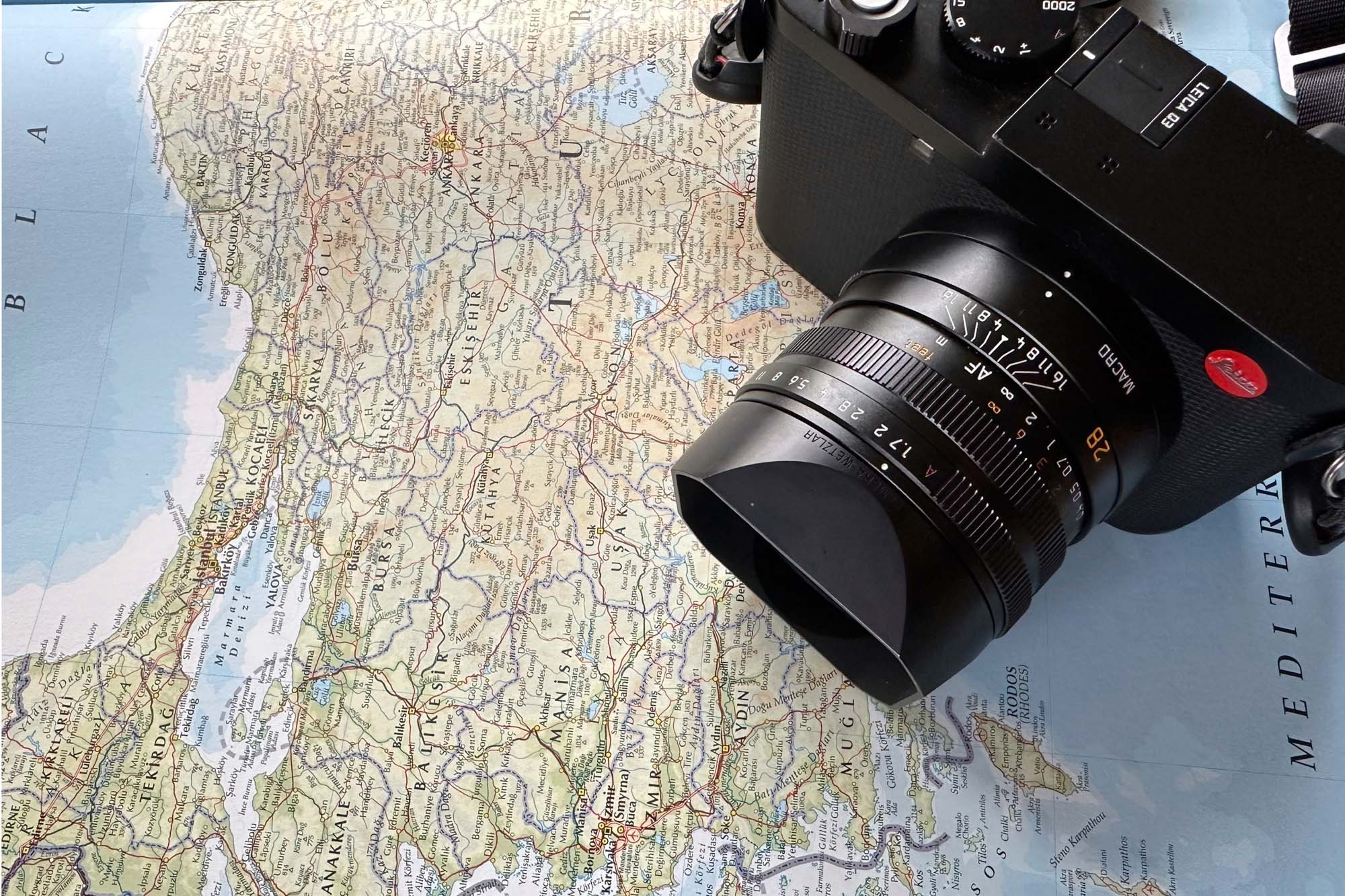
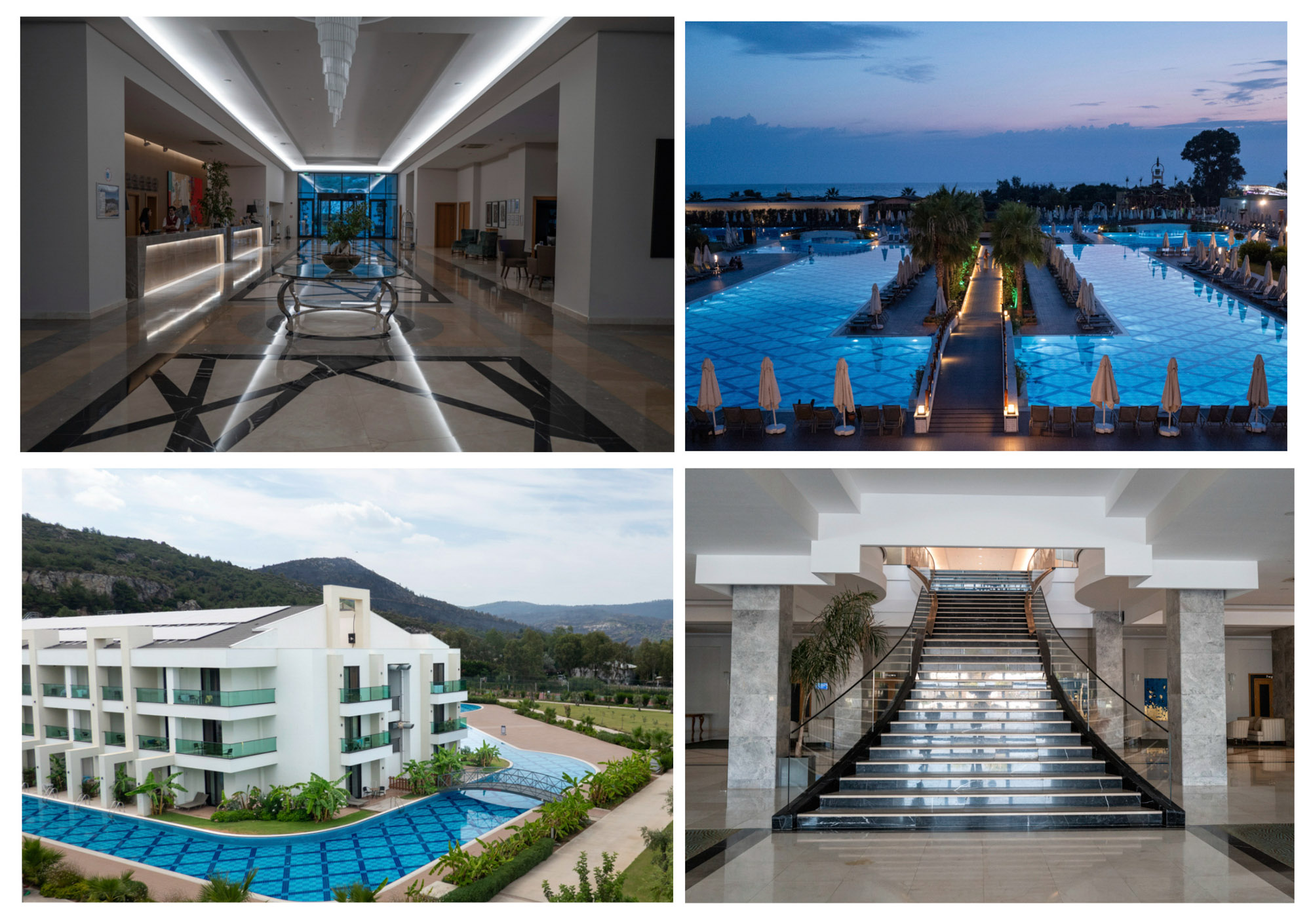
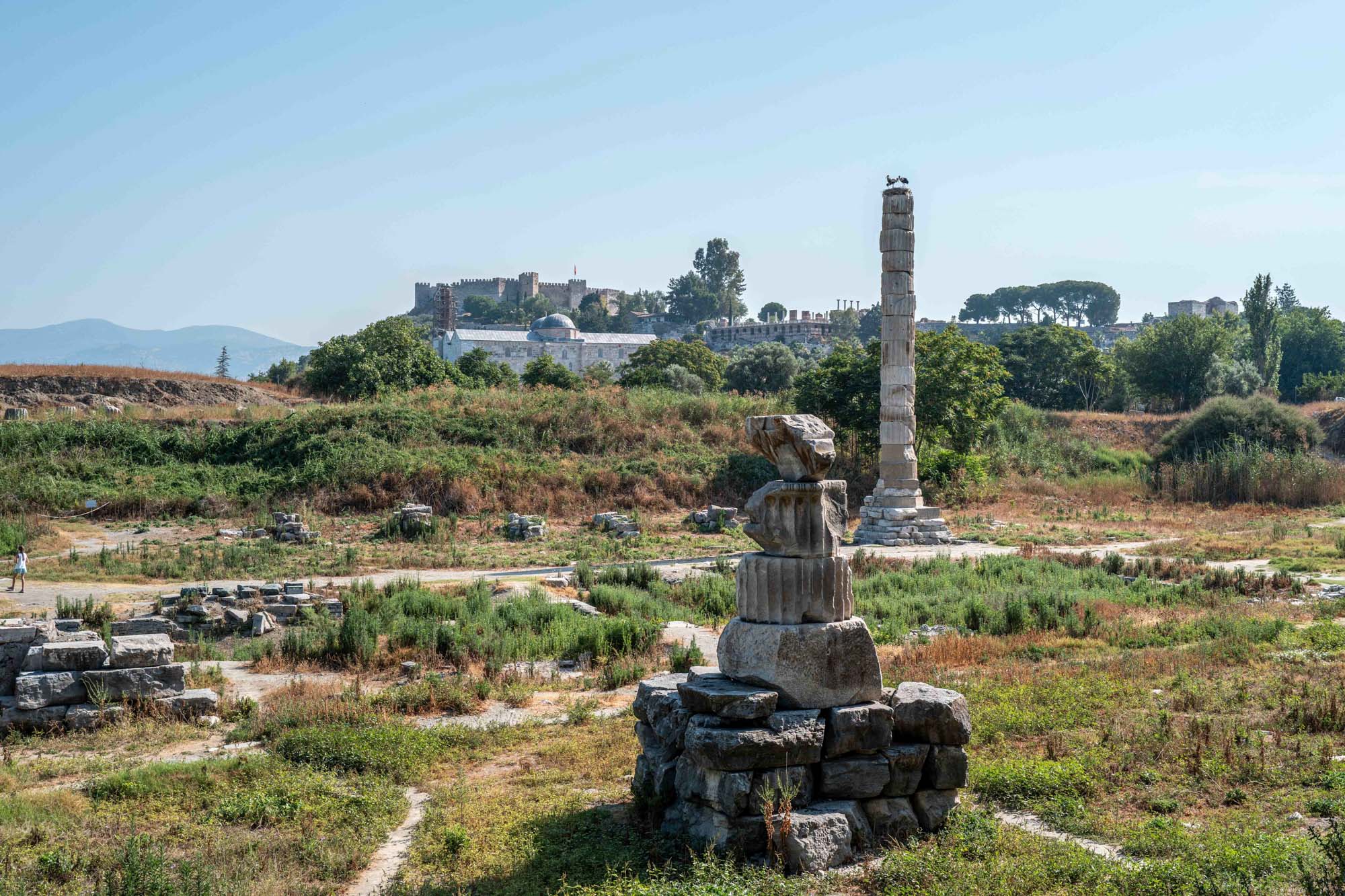
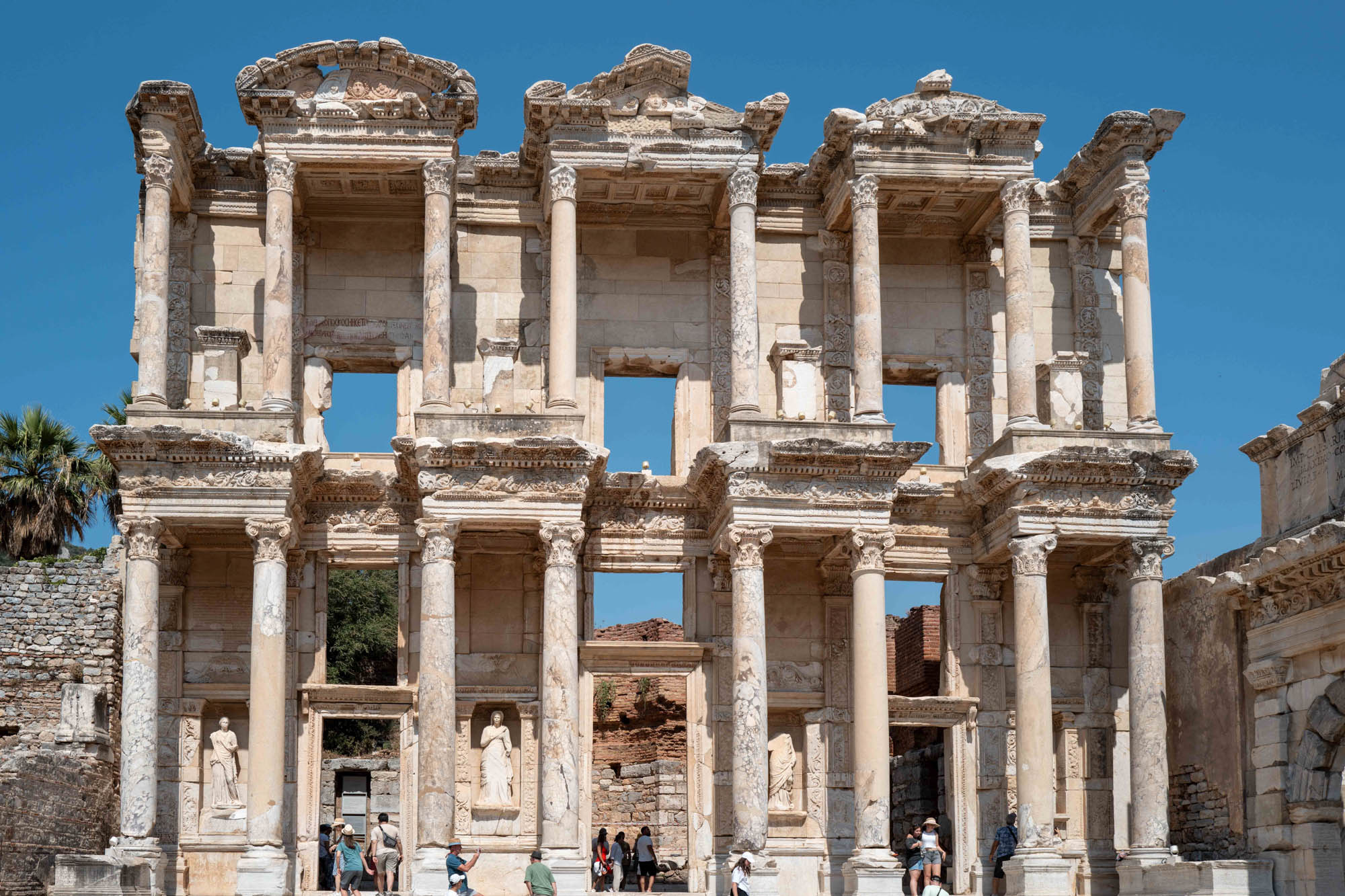
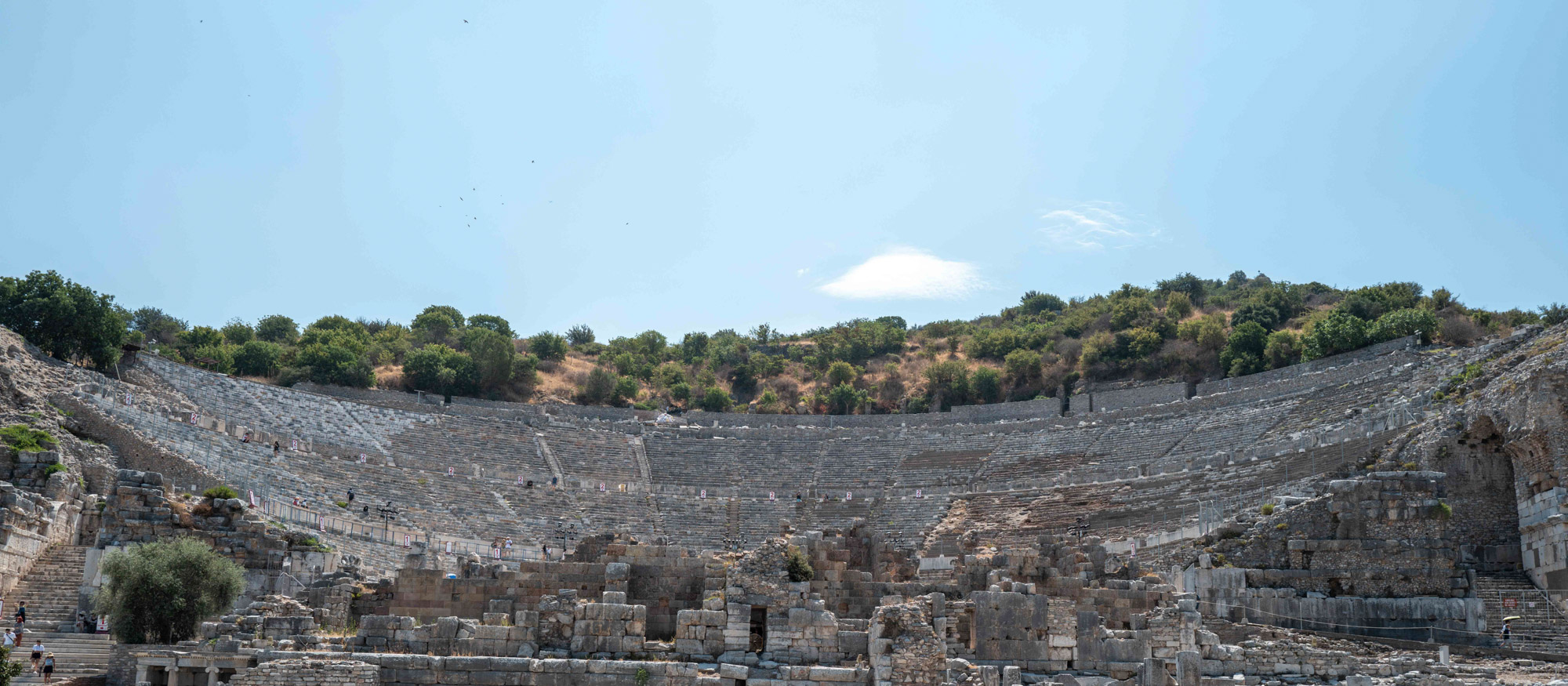
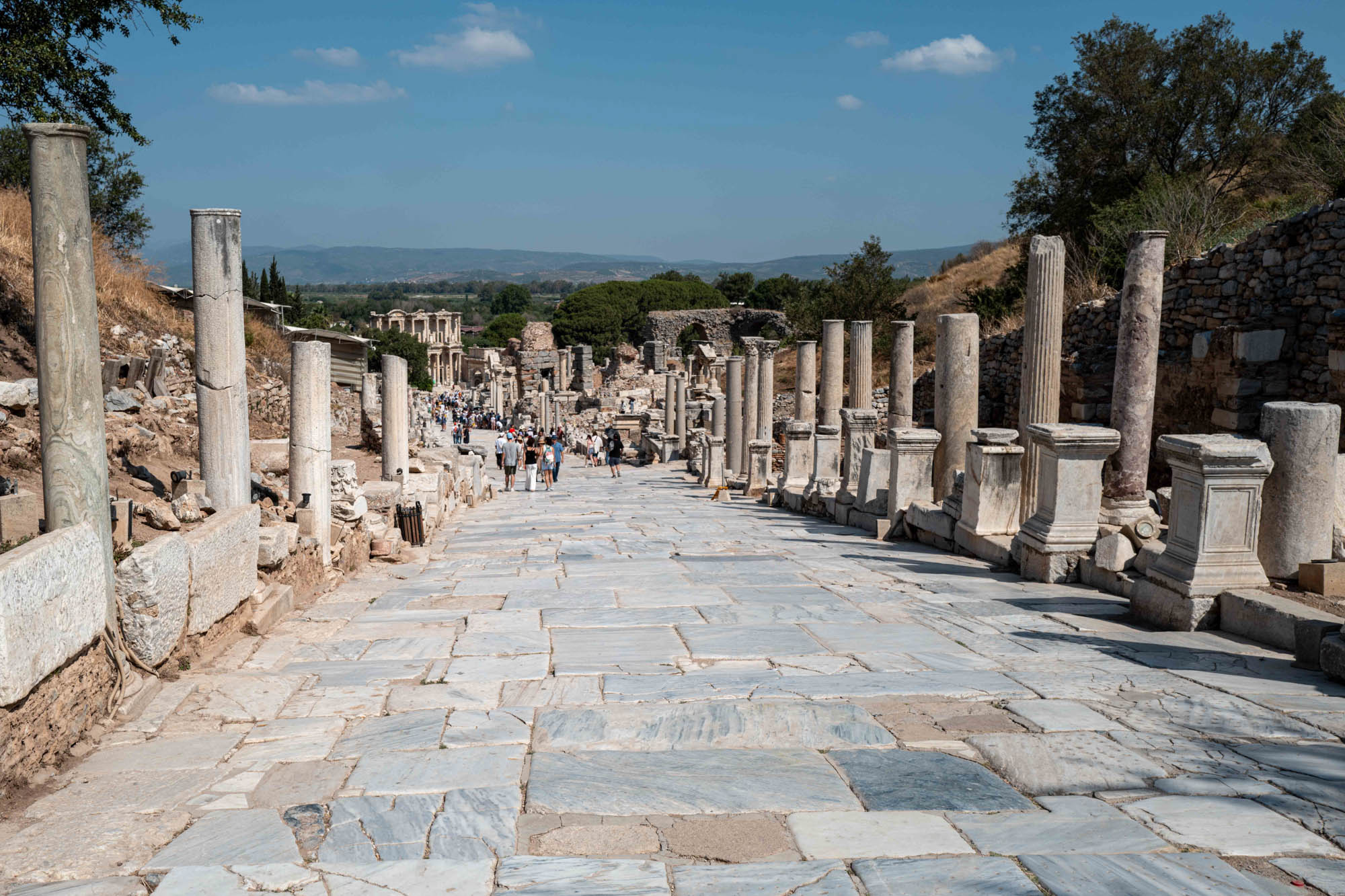
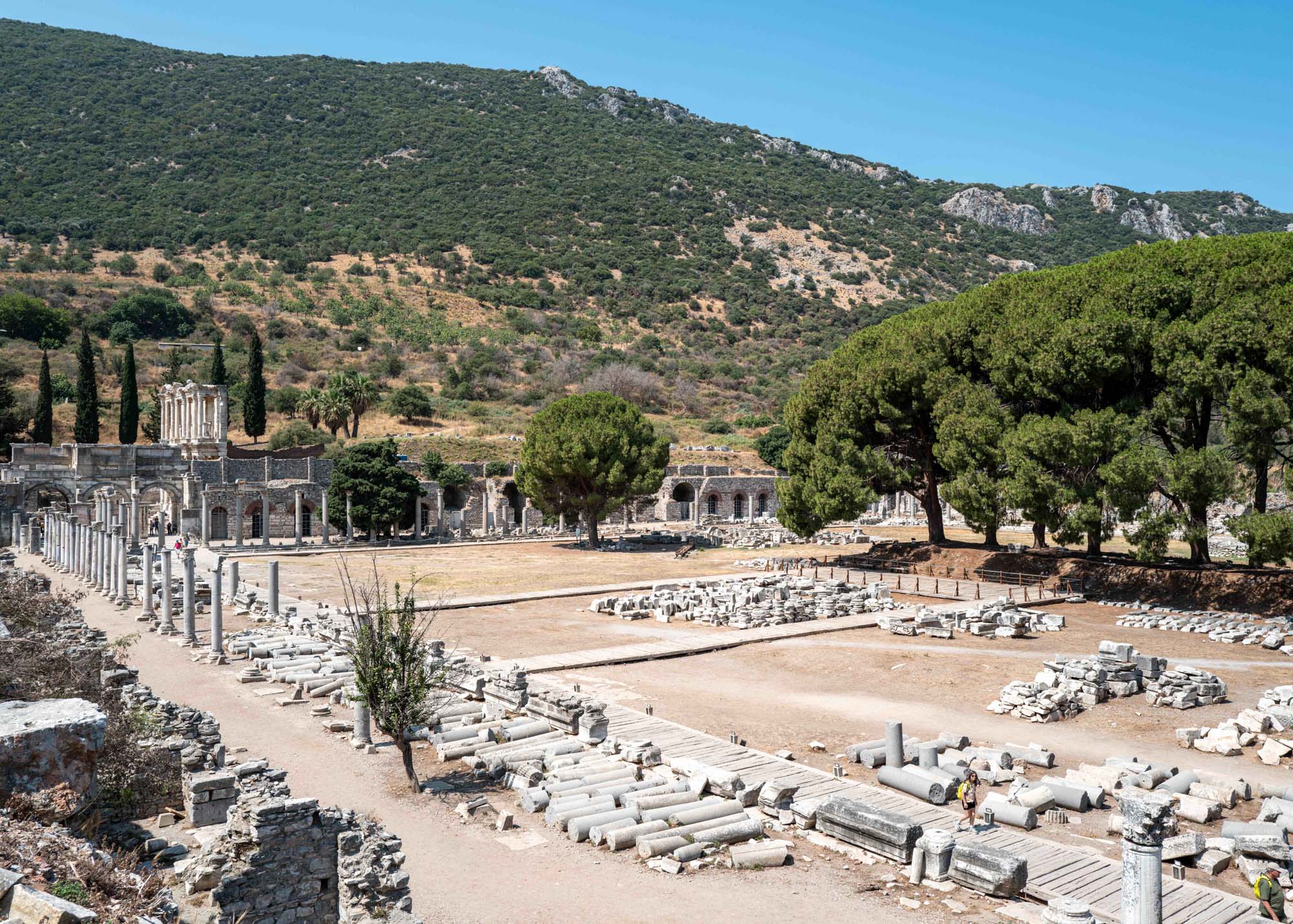
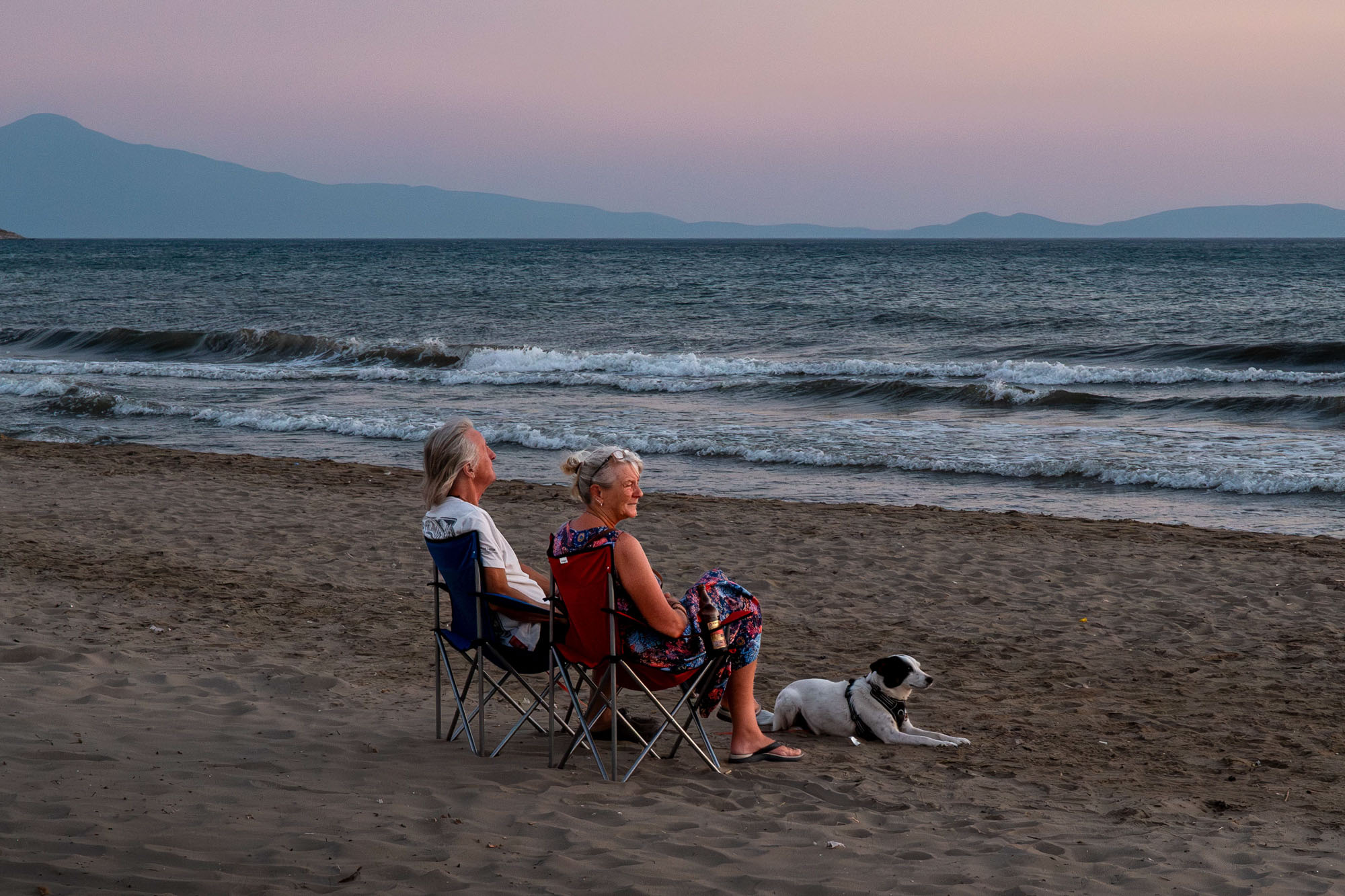

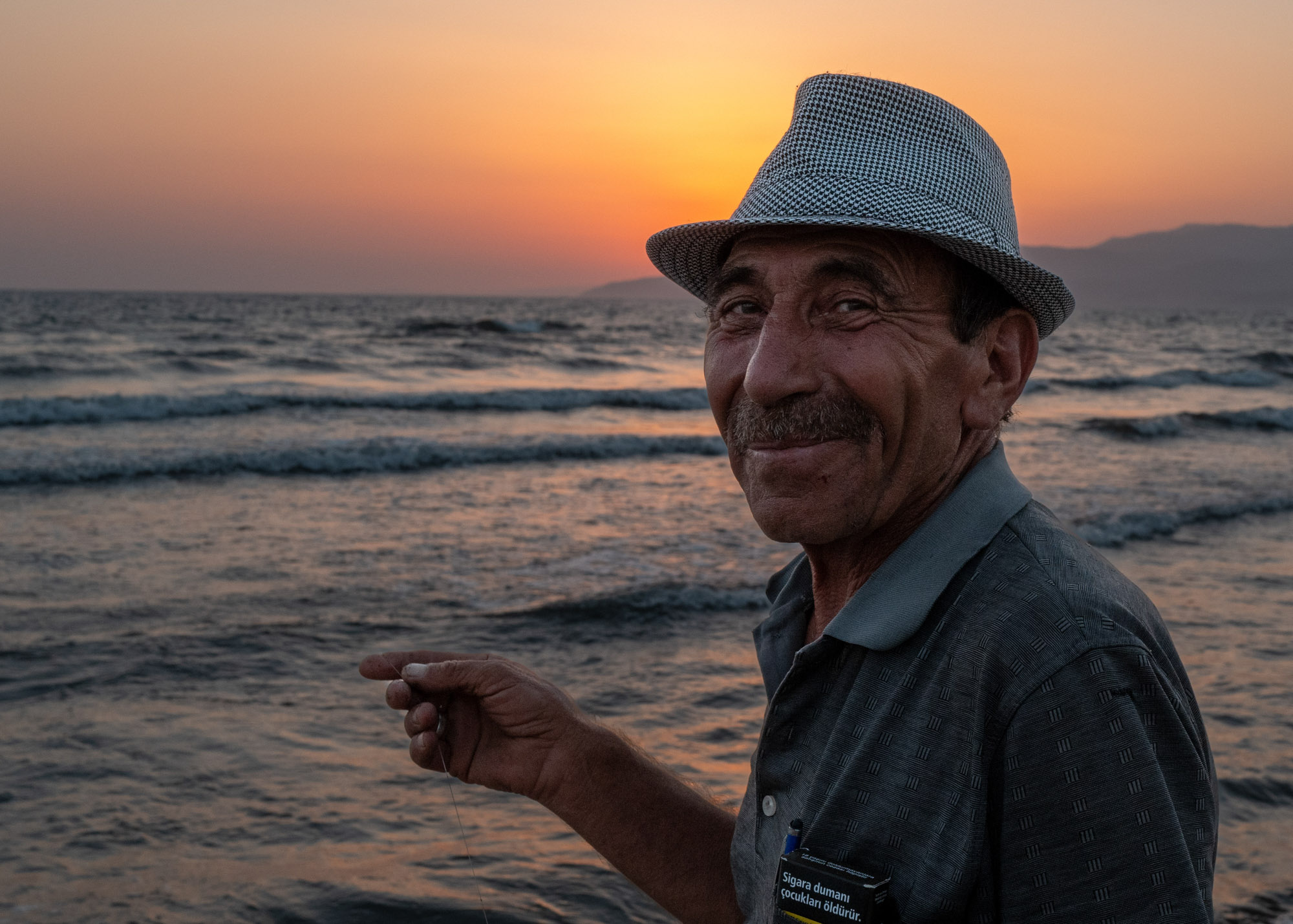
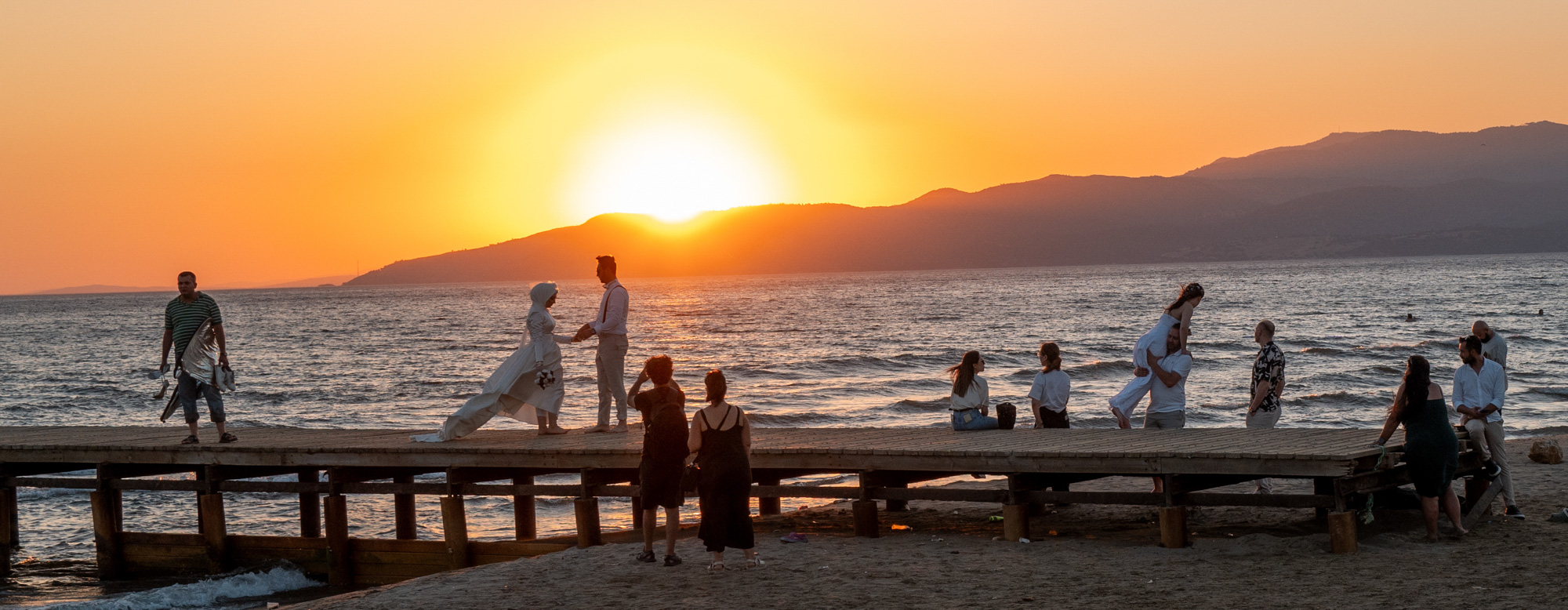
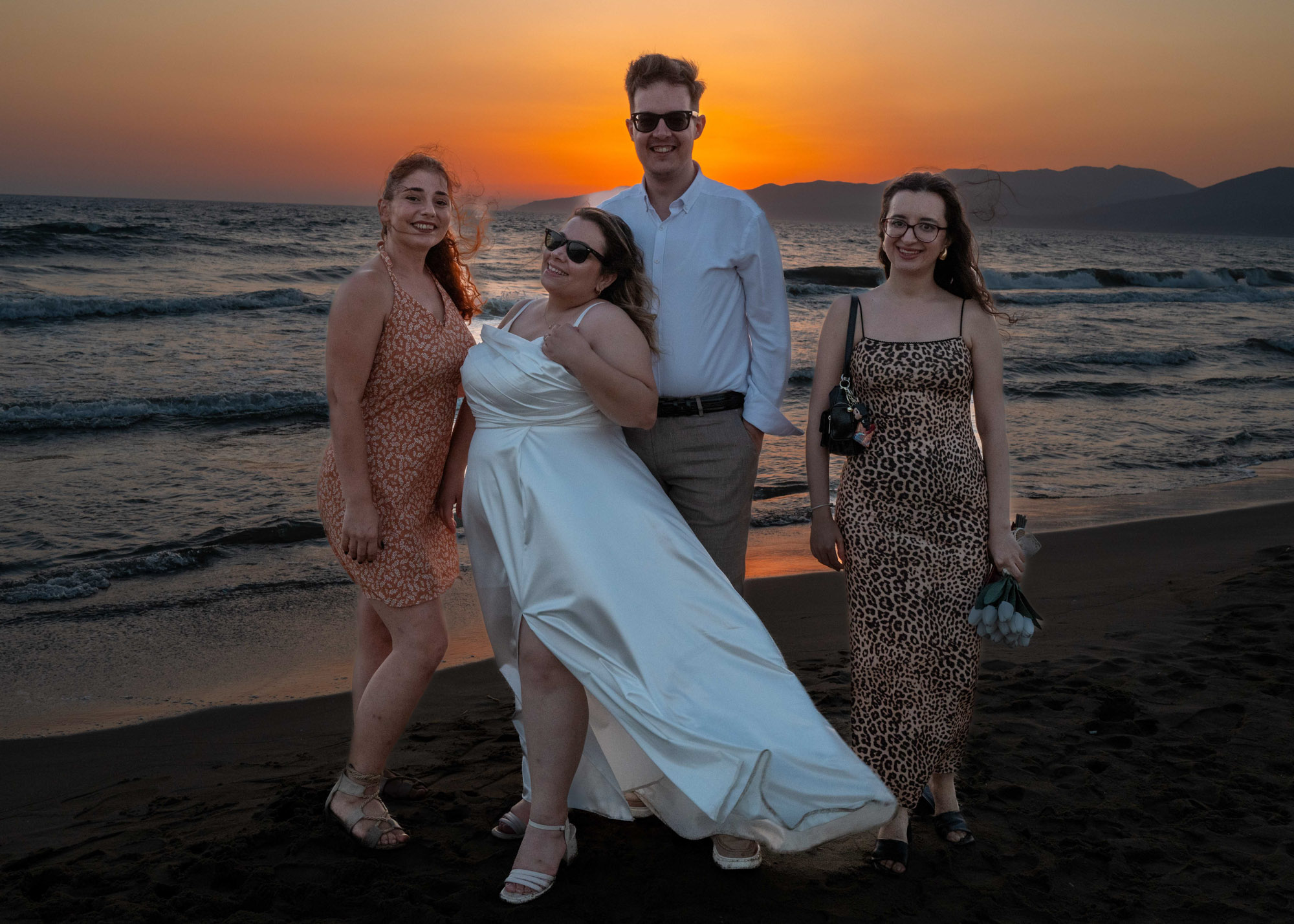
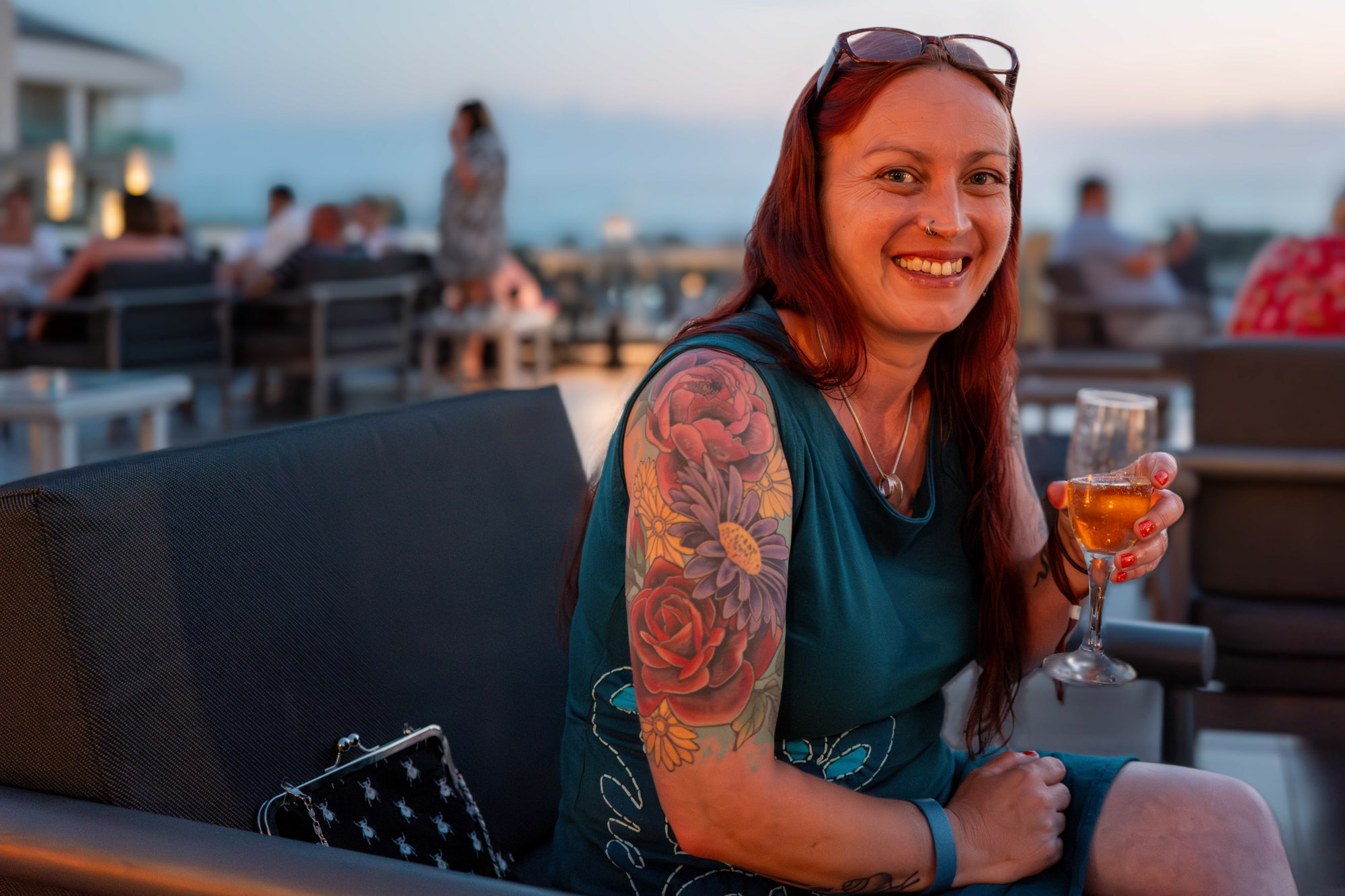
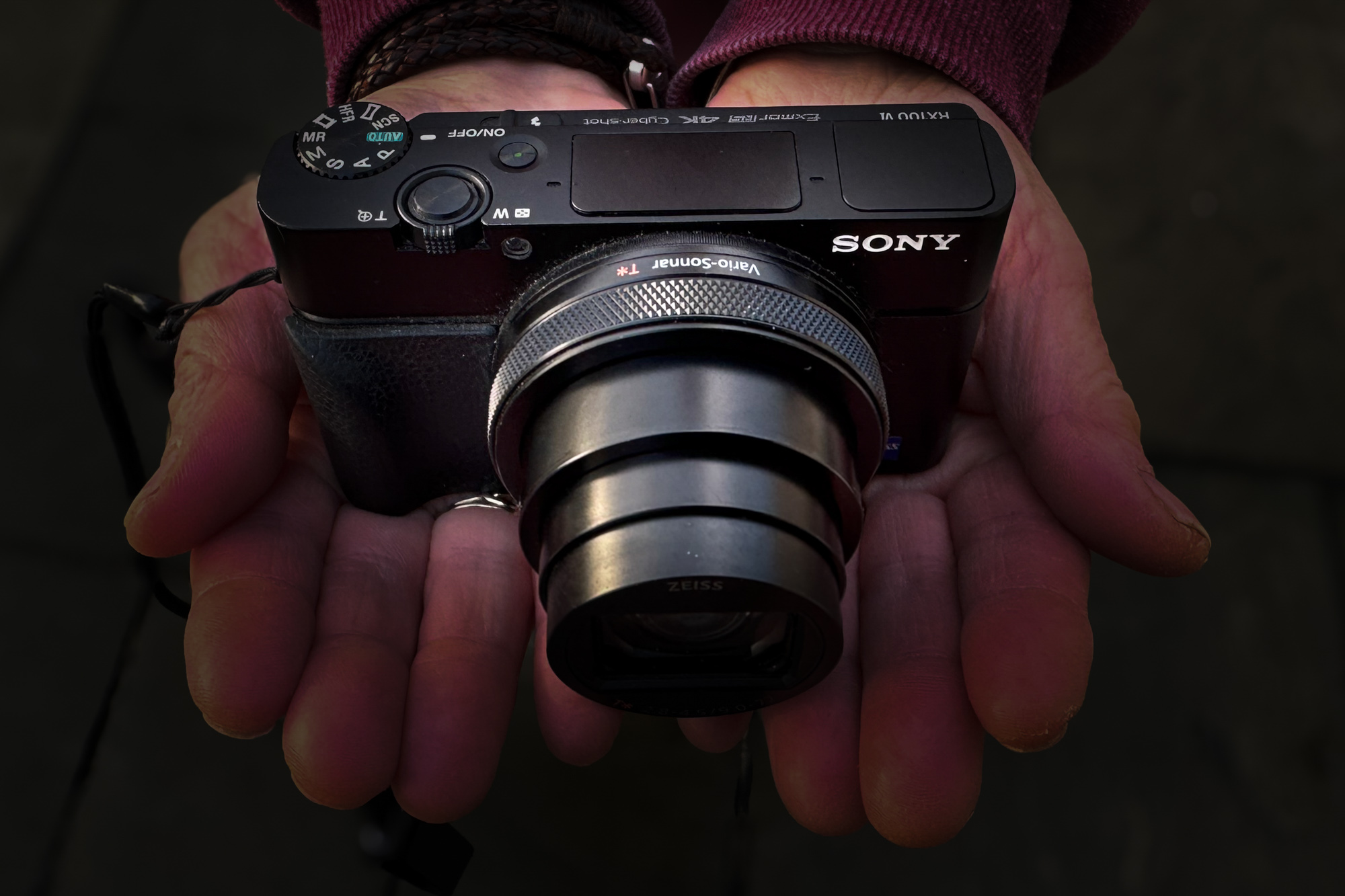
I take 2 cards and swap them around each day alternating. That way if a card fails then I have only lost half my holiday photos. I do the same for my wife’s camera, also a RX100 vi. We don’t take a laptop so if you do then this may not be necessary. However laptops and cameras can get stolen as well as cards fail.
I must agree with Andrew’s opening statement: “Holidays are tricky” — they are not the only parts of life that are though….. I guess that I am not alone in dividing existence into two separate and strctly diverse parts:- Primary – during whch all that I am concentrating on is where and when the next photograph is going to present itself to me, and Secondary – when other things are going on which will interfere with my Primary “focus” (pun is, of course, inescapable…). Holidays, then – along with shopping, visits to family, a career (if, as in my case, not that of freelance photographer) – are definitely Secondary.
Despite his reservations, I applaud Andrew’s choice of the Q3 to take on holiday – for me the choice remains my Q2. Oh, I leave the Ms and their lenses – film and digital – for those rarer, but most blessed of all, Primary occasions.